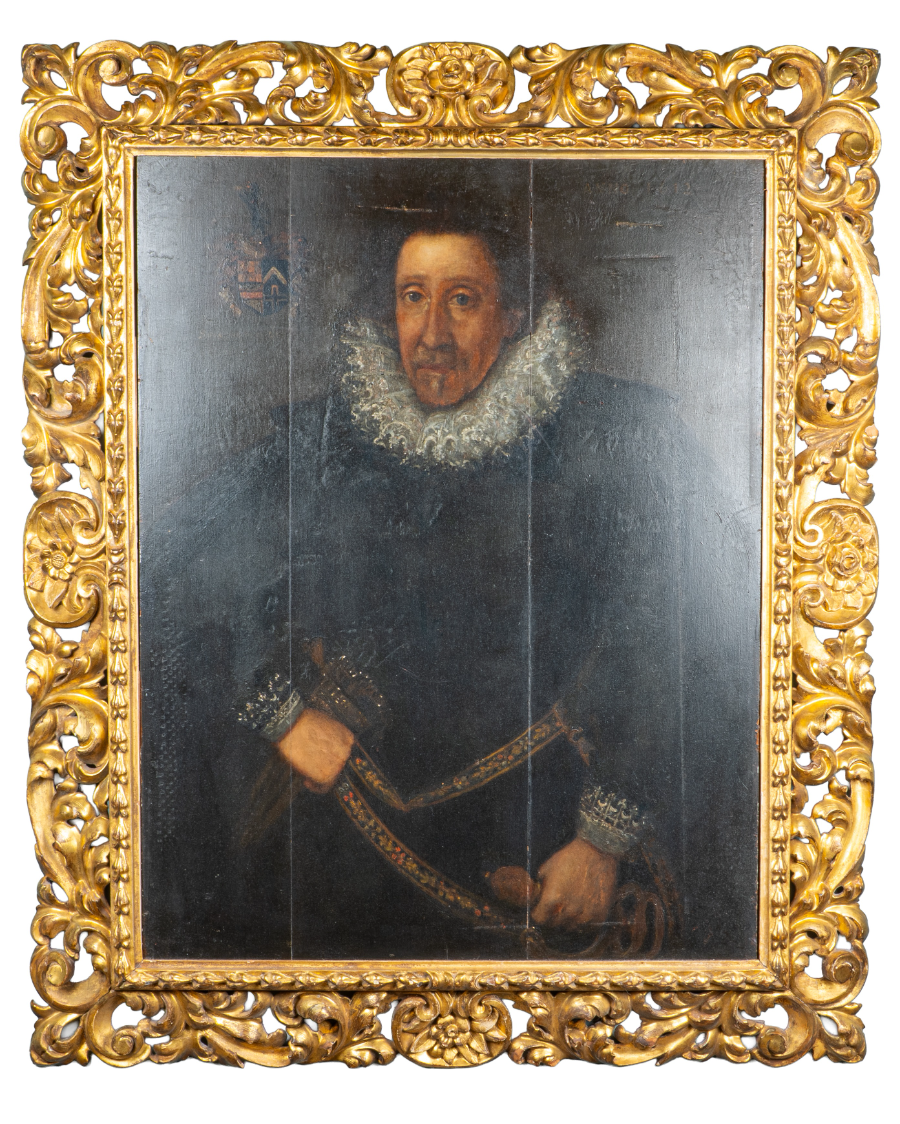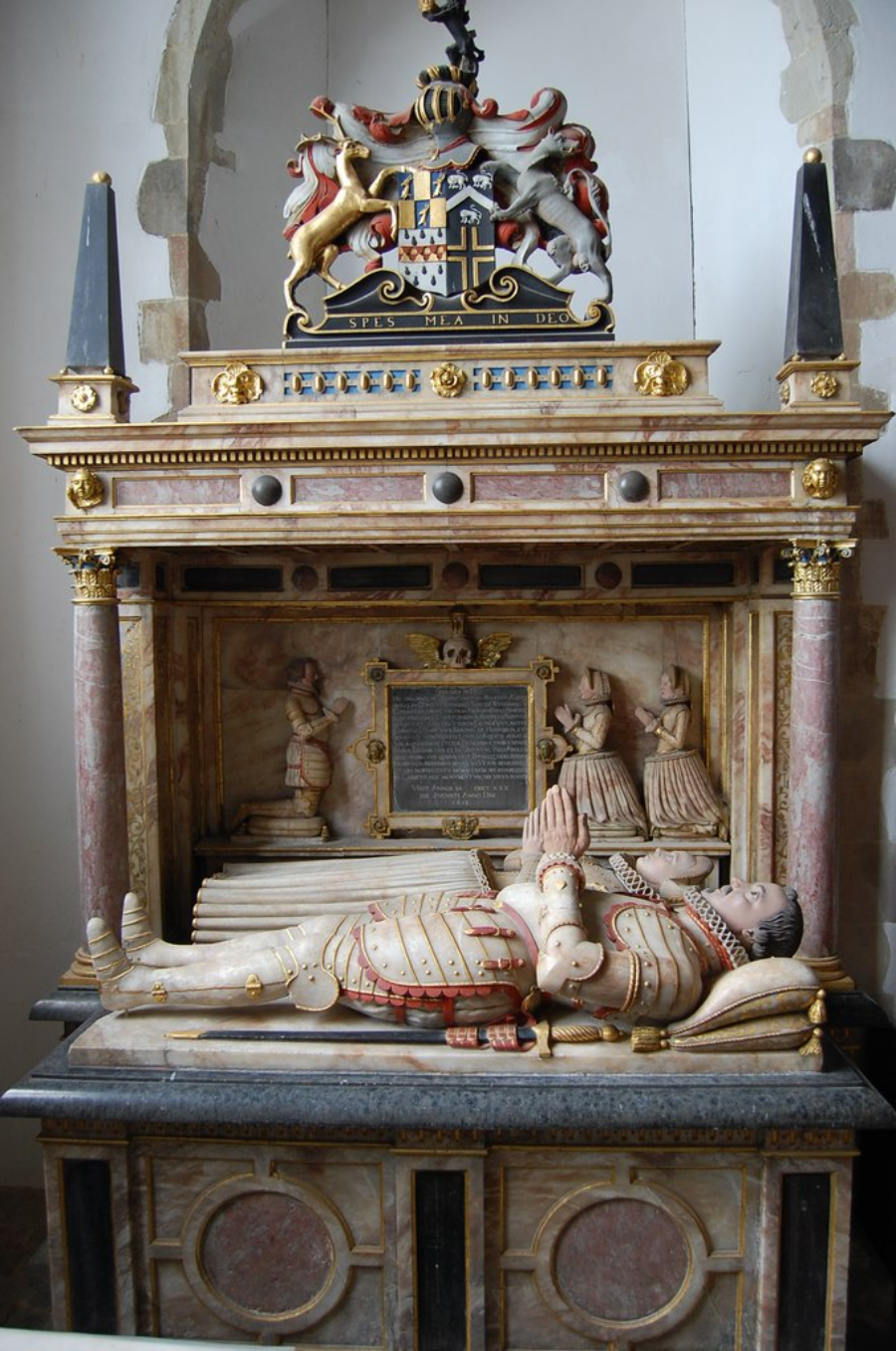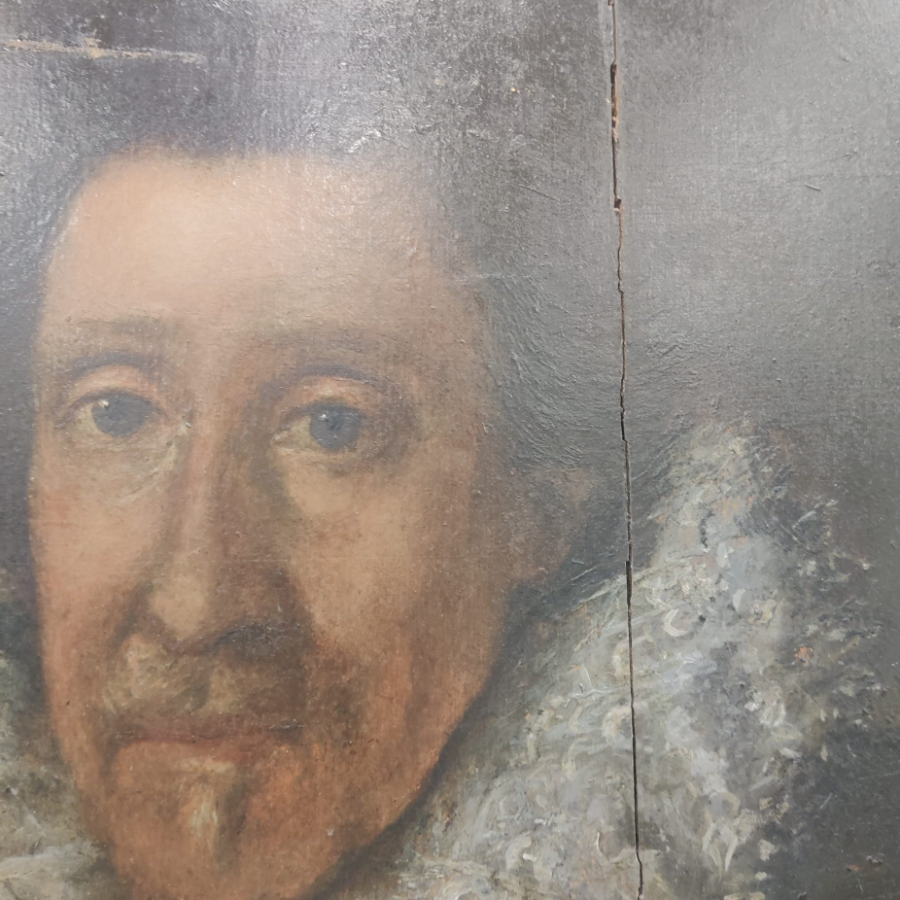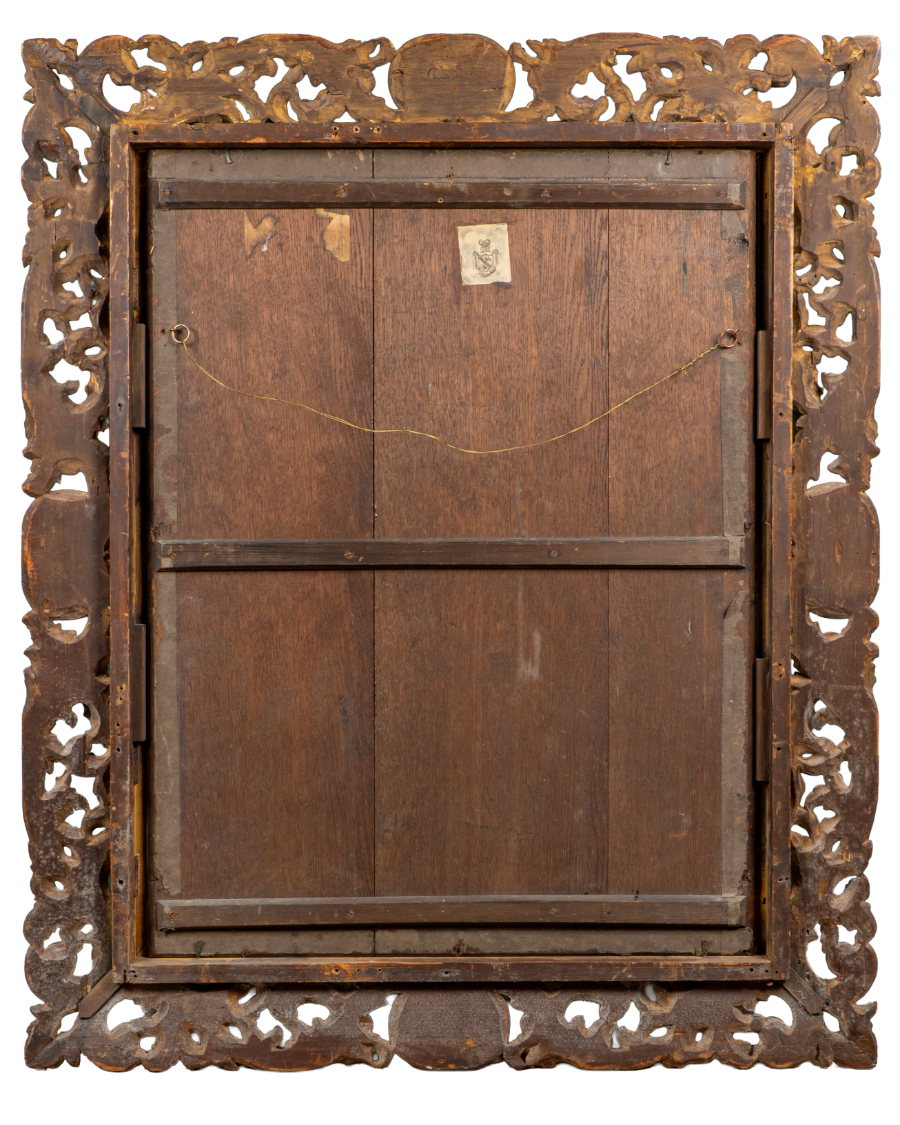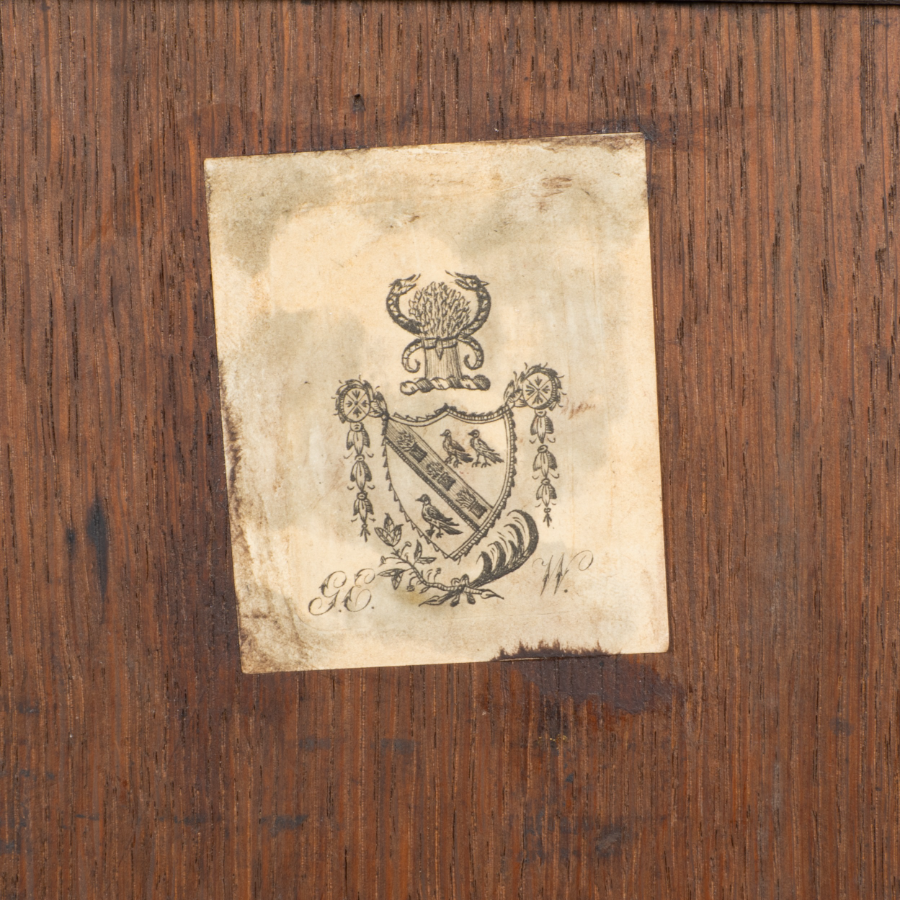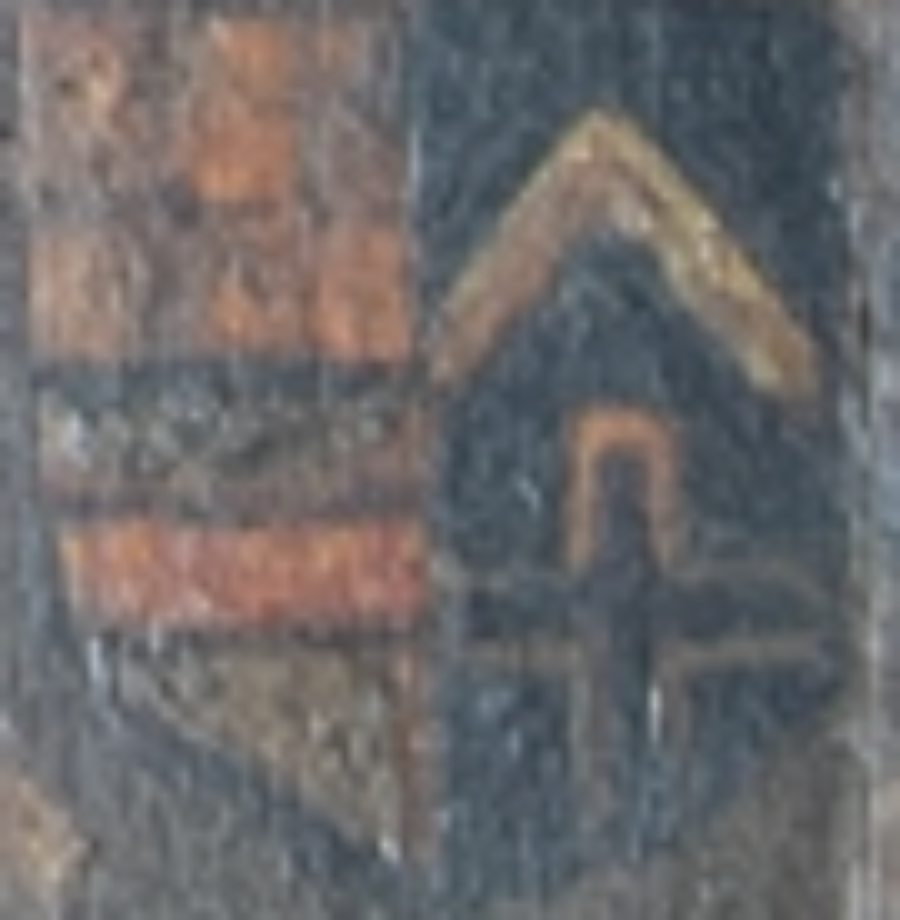
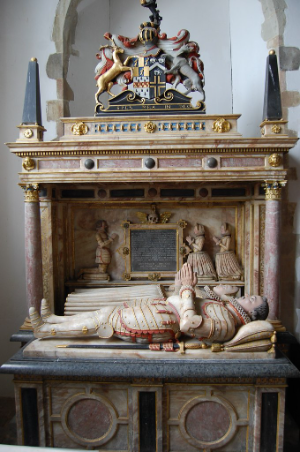
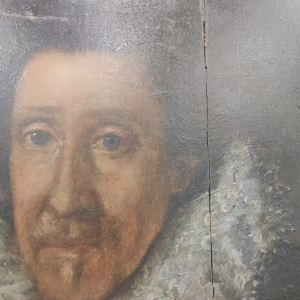
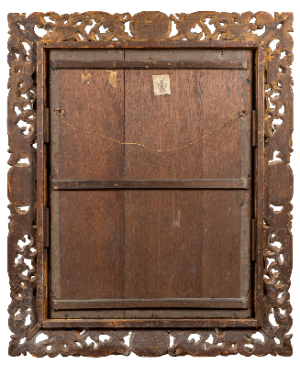
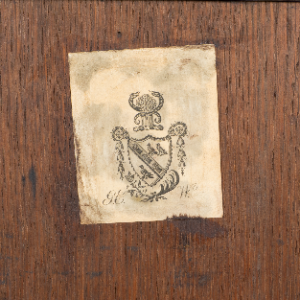
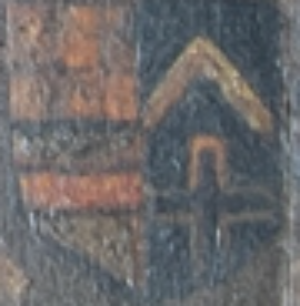
ID: 3327
An Early 17th Century Portrait Of The John Roper, 1st Baron Teynham. Dated 1612.
This item has been purchased.
Description 🔉
Description:
A Beautiful and unique portrait of John Roper, 1st Baron Teynham dated: 1612 in original frame. Frame has been restored. Believed to have been sold by the family in September 1919 at Lynsted Lodge.
Dimensions: 90cm x 70cm
Provenance:
This striking early 17th-century portrait depicts John Roper, 1st Baron Teynham, a distinguished English nobleman and devout Roman Catholic active during the late Elizabethan and early Stuart periods. The son of Christopher Roper of Lynsted, Kent, he belonged to the notable Roper family, renowned for their steadfast Catholicism and their familial connection to Sir Thomas More through William Roper, More’s son-in-law.
In his History of Kent, Edward Hasted (Vol. II, p. 687) claims that “John Roper was knighted on July 9th, 1616 … and on the same day created a peer of this realm, by the title of Lord Teynham, Baron of Teynham... as a reward for his forward attachment to the King’s interest, having been the first man of note who proclaimed the King” in the county of Kent. However, this account contains two significant inaccuracies.
First, there is no doubt that John Roper was knighted much earlier, under Queen Elizabeth I, on 23 February 1587–8. This is confirmed by an Archidiaconal Visitation of Lynsted in 1615, which reported: “Sir John Roper, Knight, hath not received the communion in our parish these two years. He is a great part of the year attending upon his office at London; we know not whether he do receive there or not.”
Second, the notion that Roper’s elevation to the peerage in 1616 was a delayed reward for proclaiming King James I in 1603 is implausible. A thirteen-year delay would be remarkably long, even by the standards of belated royal favour—and gratitude was not a notable trait of James I, who lacked the warmth and sense of loyalty that later endeared Charles I to his supporters.
If James bestowed any favour upon Roper, it was likely limited to the grant of the Manor of Teynham. In fact, as early as 1604, attempts were made to remove Roper from his office of Custos Brevium, with a substantial sum of £3,500 offered for the reversion of the position. Roper, however, refused to yield. The later suggestion that he was compensated with a peerage for the loss of this office—ultimately taken by George Villiers, Duke of Buckingham—is a misrepresentation.
The unvarnished truth is that Sir John Roper purchased his barony in 1616 for the considerable sum of £10,000. A contemporary wit even coined a cynical joke about the “ten Ms” in reference to the sum and the commodification of nobility. While G.E.C., editor of The Complete Peerage (Vol. VII, 1896), hints at this transaction, it is laid out in full by Samuel Rawson Gardiner in History of England from the Accession of James I, 1603 to 1616 (Vol. II, 1863, Chapter XIV).
Despite the legal and social restrictions imposed on recusant Catholics, Lord Teynham retained a prominent presence both in Kent and at court, embodying the delicate balance of religious conviction and political loyalty navigated by many Catholic gentry of the era.
In his lifetime, he commissioned a tomb monument for himself at Lynsted Church, Kent, believed to have been crafted by Richard Stephens, a Dutch-born sculptor renowned for his alabaster work and as mentor to Epiphanius Evesham. The stylistic connection between Stephens’ work and Evesham’s later monument for the 2nd Baron Teynham suggests a deliberate continuity of artistic patronage and familial pride. Lord Teynham died in 1618.
Acknowledgements
Special thanks to Emerald of Webaldic.com, whose heraldic expertise was invaluable in confirming that the arms on the reverse of the painting match those on Lord Teynham’s tomb in Lynsted Church.
Grateful acknowledgment is also extended to the Lynsted with Kingsdown Society, whose detailed research on John Roper has significantly enriched the understanding of his life and legacy.
Seller Details
VISIT SELLERS SHOPTAKE SHOP TOUR
- Business Name: Raven Yard Antiques Shop
- Name: Jan
- Email: Enquiries@raven-antiques.com
- Phone: 07454992481
- Website: https://raven-antiques.com
- Address:
- 21 Watergate, Whitchurch, Shropshire, UK.
- SY131DP
- Note:
- Raven Yard Antiques Shop is a family run business located in the picturesque part of Shropshire in the Roman town of Whitchurch. We have a diverse selection of rare and historic goods to choose from. Please browse our online store or else visit our shop to see some of our amazing items.
Legal Note
For antique firearms such as muskets and rifles, this item is offered strictly as a collectors’ piece. It is sold as a historic firearm for display or study purposes only, and not as a modern, live-firing weapon. Export, import, and ownership regulations vary by country; buyers are responsible for ensuring compliance with their local laws and confirming that they are not prohibited from ownership. In accordance with UK guidelines, the seller is required to verify the buyer’s identification and age prior to completion of the sale.
Newest Items.
SEE MORE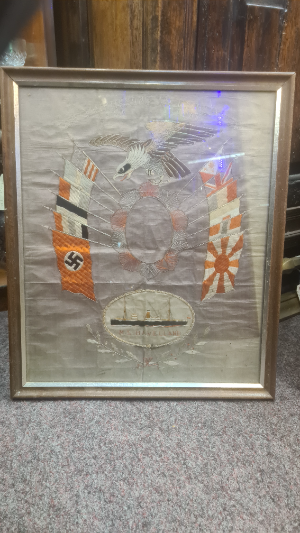
Product ID: 3523
1939 Silkwork Embroidery Of The M.S Have..., For Sale
Buy It Now: £250
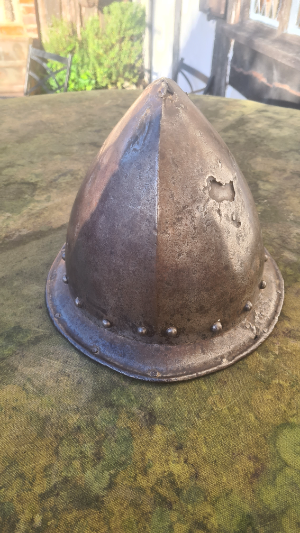
Product ID: 3522
17th Century Italian Cabasset Infantry H..., For Sale
Buy It Now: £895
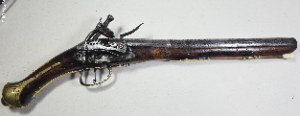
Product ID: 3521
18th Century Caucasian Miquelet Holster..., For Sale
Buy It Now: £995
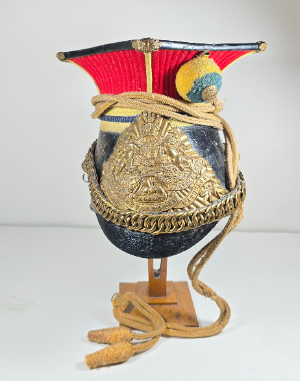
Product ID: 3519
1900 Dated Other Rank Lancers Czapka, For Sale
Buy It Now: £995
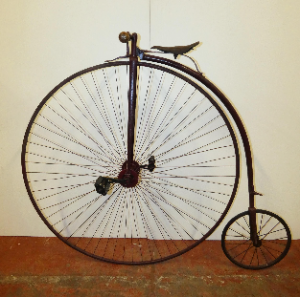
Product ID: 3518
Late 19th Century 54" Penny Farthing Wit..., For Sale
Buy It Now: £3800

Product ID: 3517
Late 19th Century Continental Hand Paint..., For Sale
Buy It Now: £330
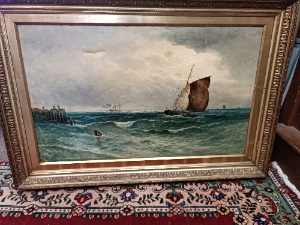
Product ID: 3516
A 19th Century Large Oil Painting, " Sea..., For Sale
Buy It Now: £600
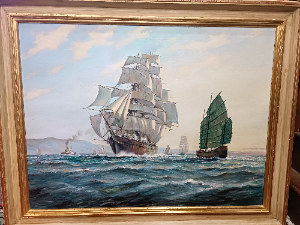
Product ID: 3515
"Out From Foochow" By Roland Davies, Sig..., For Sale
Buy It Now: £1000
